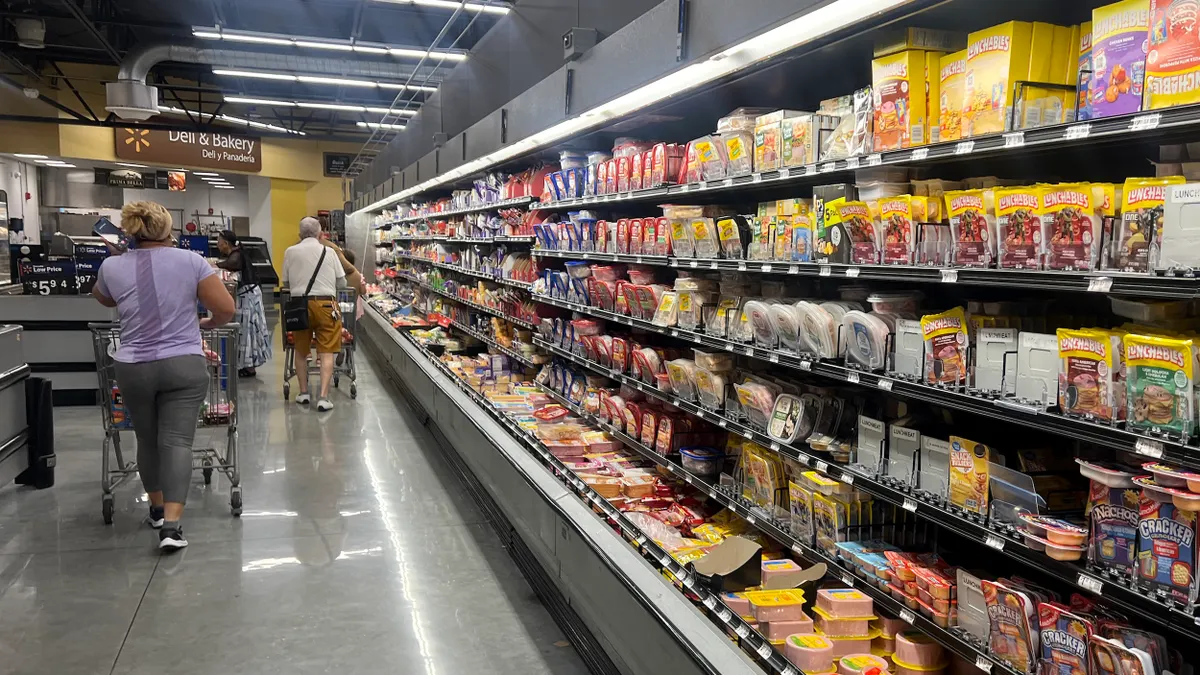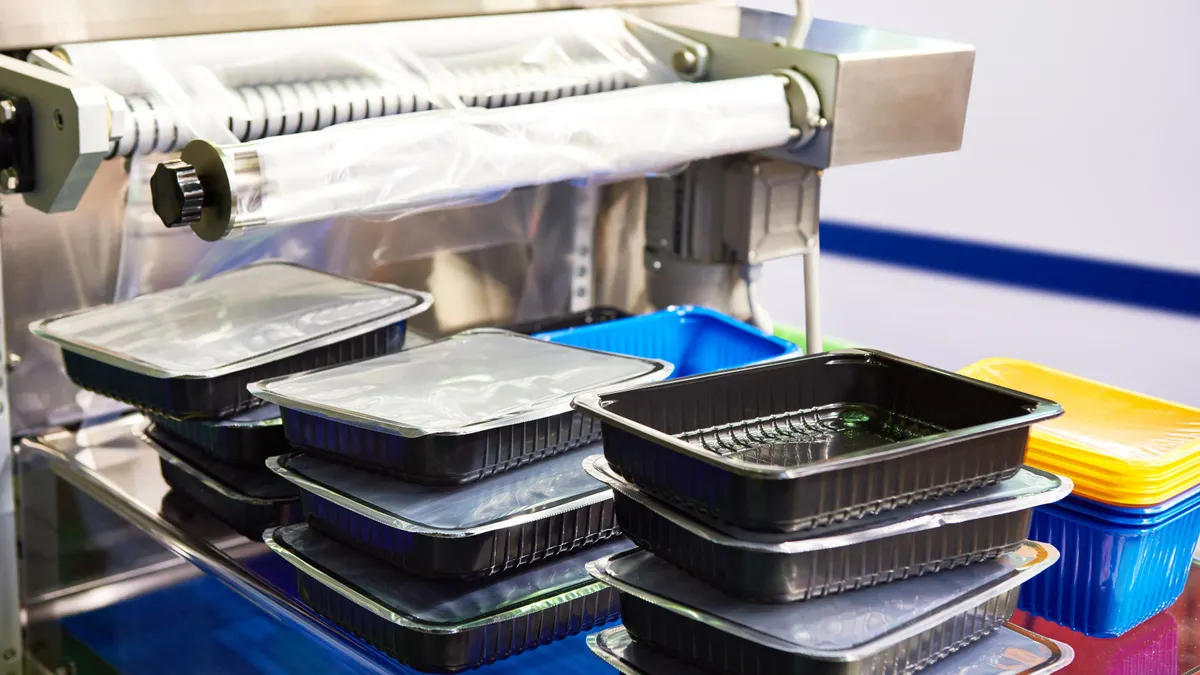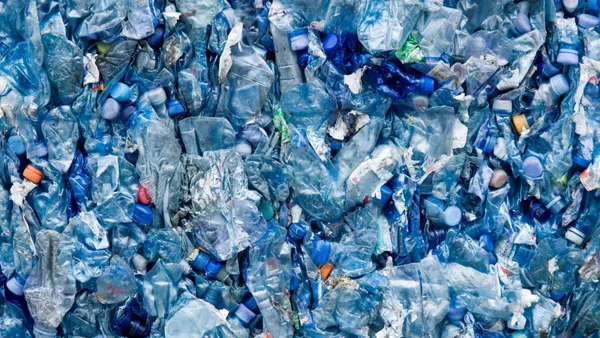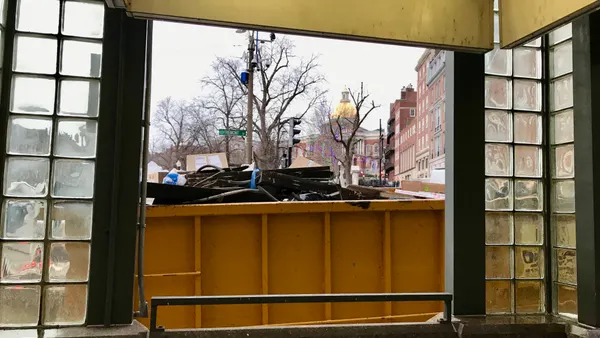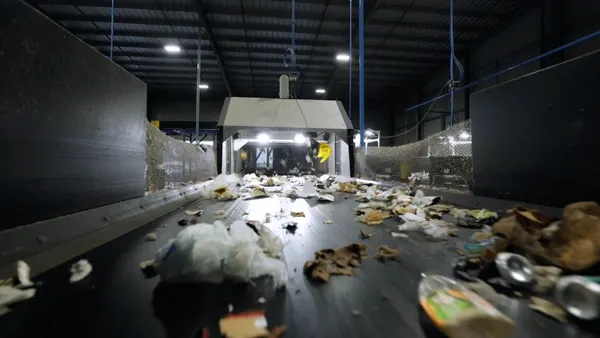Vermont often tops the list as one of the ‘greenest’ states in the US. So it’s no surprise that the state eagerly embraced its leadership role as the first US state to recycle single-use batteries. This past June, six months after the law went into effect, single-use battery collections were up 2,947% over 2015. Even rechargeable battery collections were up 29% year over year.
In 2015, there were over 650,000 pounds of single-use batteries sold in Vermont, but only 36,000 total pounds were collected for recycling. As of the end of June 2016, Call2Recycle had collected 28,000 pounds of single-use batteries–more than halfway to its 2016 commitment of collecting 50,000 pounds.
For a state as environmentally conscious as Vermont, the change is positive. Less batteries are going into the landfill. Battery recycling is easier; Vermont residents no longer need to separate single-use from rechargeable batteries prior to recycling. And residents are satisfied knowing that the byproducts are being used for purposes, such as the manufacture of new batteries, stainless steel and fertilizer.
Driving Change through Local Action
The continued success of the program rests in a great part on the shoulders of the solid waste districts in Vermont. The districts are responsible for battery collections and districts such Northeast Kingdom, Chittenden and Southern Windsor have created their own unique programs to reach out to the local communities.
For example, Chittenden Solid Waste District (CSWD), is home to Burlington, Vermont’s most populous city with a quarter of the state’s population. Mandatory recycling of blue bin recyclables has been required in this county since 1993, well before the Universal Recycling Law required recycling state-wide in 2015. Three years ago, the solid waste district started collecting single-use batteries along with its rechargeable batteries as part of its hazardous waste collection program at its seven recycling centers.
Residents and businesses are encouraged to bring their batteries to their nearest CSWD Drop-off Center, hazardous waste collection facility or The Environmental Depot. “The Rover” mobile collection unit regularly visits local town to collect household hazardous waste. As of the end of July, single-use batteries made up more than half of its 2016 battery shipments, up from under 25% during the previous two years.
While Southern Windsor illustrates the power of recycling in an urban area, the Northeast Kingdom Waste Management District (NEKWMD), the state’s largest geographical waste district covering 49 rural towns, faces a far different challenge, according to Marcus Berry, NEKWMD recycling coordinator.
The NEKWMD was the first Vermont solid waste district to start collecting primary batteries in November 2011, placing posters and other literature at the 28 recycling depots/ transfer stations throughout the district to encourage participation by current recyclers. NEKWMD also experienced a major increase in its single-use battery collections through July 31, with a corresponding increase in rechargeable battery recycling. “The more battery recycling becomes commonplace, the more we believe people will participate as second nature,” said Berry.
Recycling as Second Nature
For its part, Call2Recycle not only collects and recycles batteries from these districts, but also promotes the program to residents through news articles, radio, emails, bus signs and newspaper ads. Call2Recycle also expanded its network to 135 collection sites; now 96% of Vermont residents have a Call2Recycle collection site within 10 miles of their homes.
The combined efforts of solid waste districts like Northeast Kingdom, Chittenden and Southern Windsor prove that single-use battery recycling can be successfully incorporated into any community, regardless of its size or geography. It also confirms that the state of Vermont is truly deserving of its position as one of the ‘greenest’ states in the nation.
For more information on the recycling efforts of CSWD and the NEKWMD click here.



